The Great Salt Lake contributes $1.9 billion to Utah’s economy annually (adjusted for inflation from 2012) and provides over 7,700 jobs. It also contributes 5-10% to the lake effect snow that supports the ski industry, which includes another 20,000 jobs and an additional $1.2 billion.
People enjoy a variety of recreational activities on and around the lake, including sailing, wildlife watching and hiking, biking and at Antelope Island State Park, and birding at one of the many wildlife management areas and sanctuaries in the surrounding area. Visit the links below to learn more about the industries and recreational opportunities that the Great Salt Lake provides.
Industry

Salt
Morton Salt and Cargill are the largest salt producers on the Great Salt Lake. They produce industrial grade salt from large evaporation ponds on the lakebed.

Lithium
U.S. Magnesium and Compass Minerals are currently producing lithium from mineral-rich lake waters. Lithium is used to produce batteries for cell phones, laptops and electric vehicles.
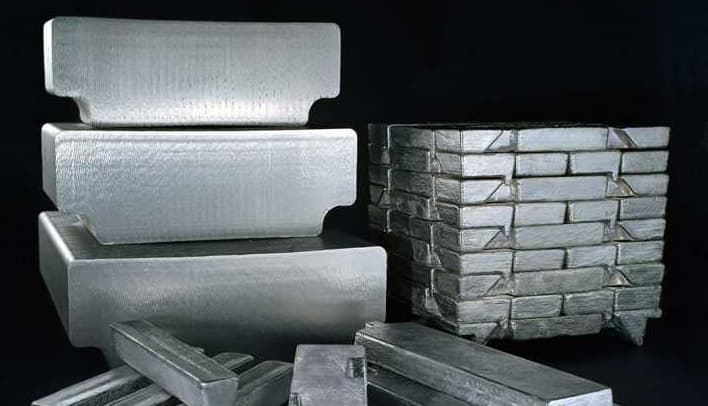
Magnesium
U.S. Magnesium produces all the primary magnesium in the U.S. and 14% of the world’s supply, which is used in beverage cans, aircraft, computers, car parts, stadium benches and more.
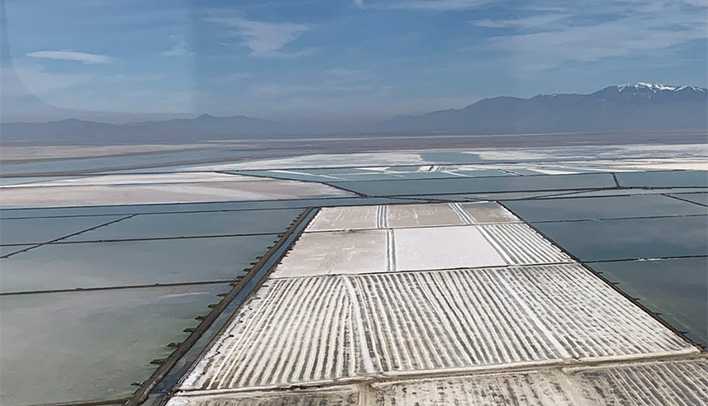
Sulfate of Potash
Compass Minerals produces sulfate of potash, a specialty fertilizer for high-value crops like nuts and fruit. It’s the largest sulfate of potash producer in the world.
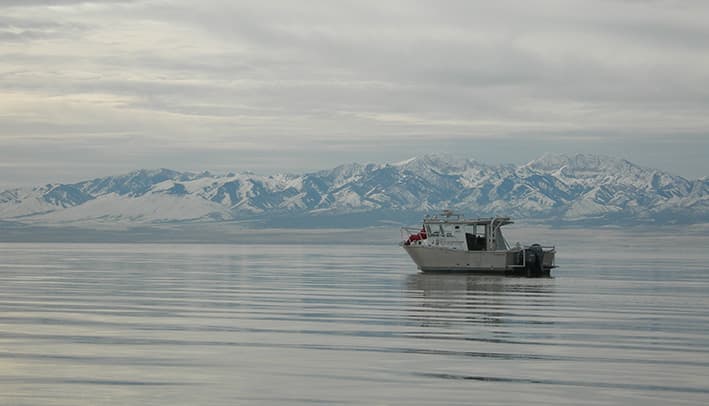
Brine Shrimp
The Great Salt Lake Artemia provides 40% of the world’s brine shrimp eggs, which are used as food for aquaculture, which is the cultivation of aquatic plants and animals.
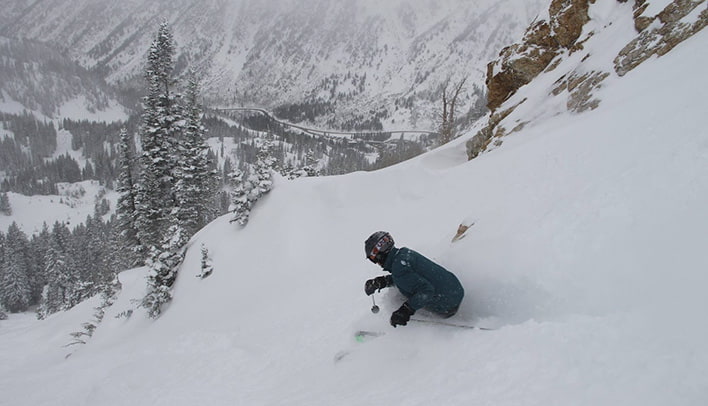
Skiing
The lake contributes 5-10% to Utah’s famous snow and extends the ski season by 5 to 7 weeks. The ski industry includes 20,000 jobs and contributes an additional $1.2 billion each year to the state’s economy.
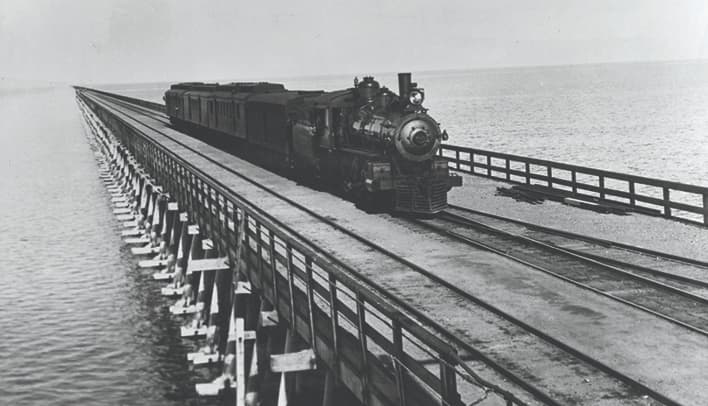
Railroad
Union Pacific’s rock-fill railroad causeway stretches 20 miles across the Great Salt Lake. It was built in 1902 to shorten rail transit and divides the lake into a hypersaline north arm and less salty south arm.
Recreation
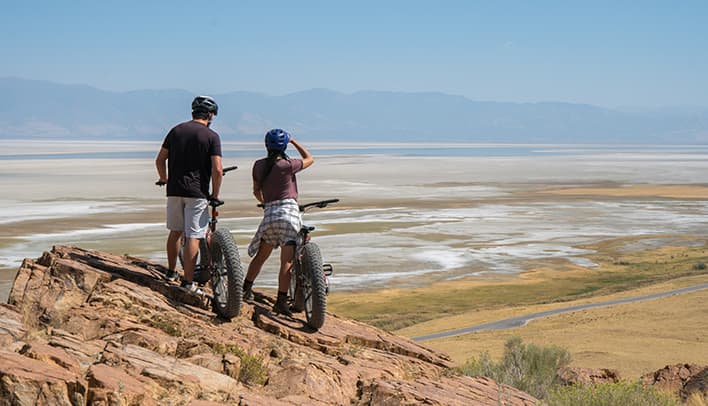
Antelope Island State Park
Antelope Island State Park is home to free-ranging bison, mule deer, bighorn sheep, pronghorn (antelope) and many other desert animals. Millions of birds congregate along the shores surrounding the island, offering unparalleled opportunities for birding.
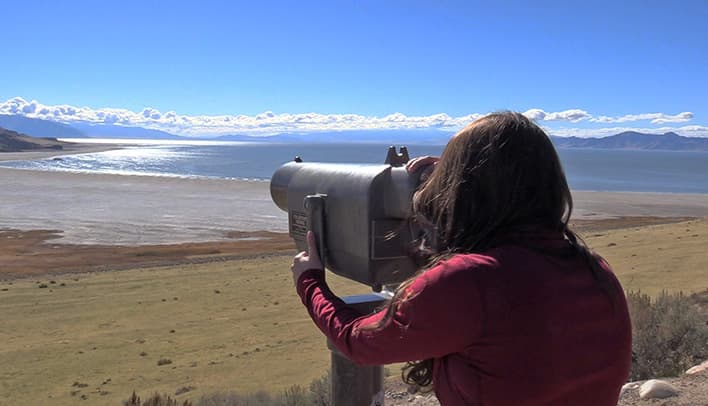
Great Salt Lake State Park
Great Salt Lake State Park is a gateway to the Great Salt Lake, with opportunities for boating, birding, kayaking, biking and viewing the lake. Low levels have impacted the boat launch, but visitors can enjoy the observation deck, beach, visitor center, gift shop and campground.
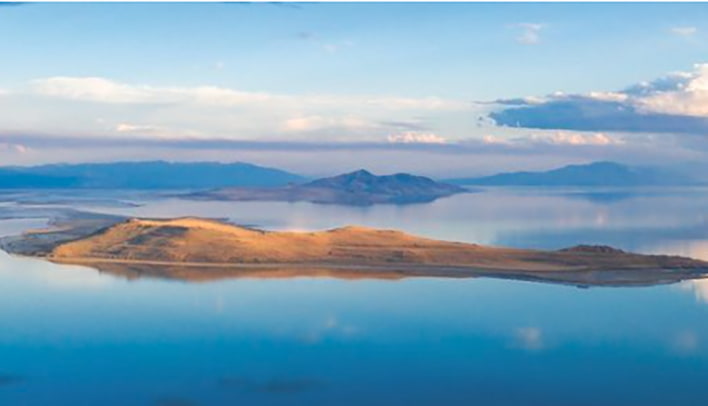
Fremont Island
Fremont Island is the third-largest island in the Great Salt Lake, behind Stansbury and Antelope Islands, spanning about 3,000 acres (depending on water level).
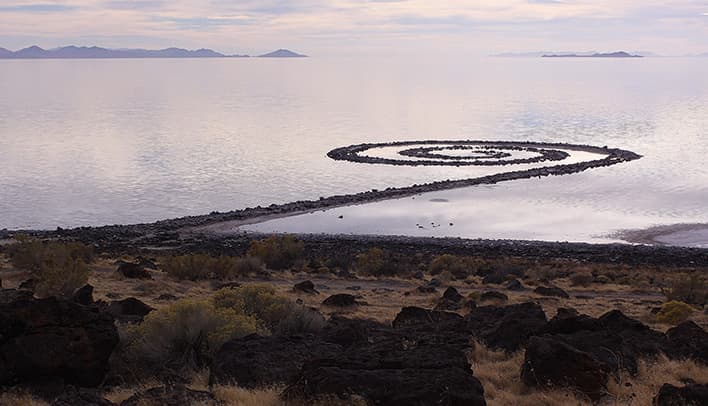
Spiral Jetty
Spiral Jetty is an earthwork sculpture constructed in April 1970 that is considered to be the most important work of American sculptor Robert Smithson.
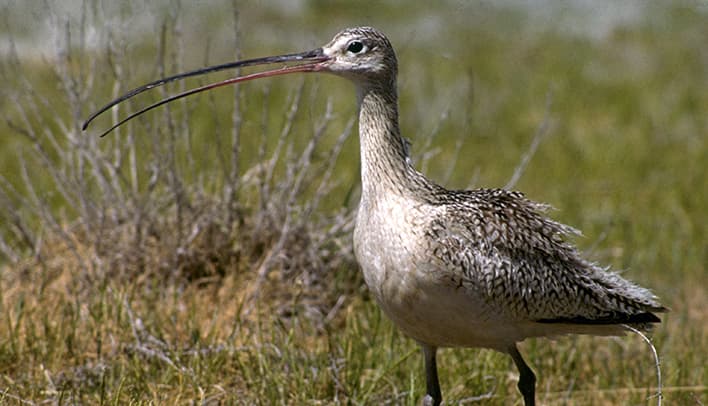
Bird Watching
Bird watching is epic at the Great Salt Lake as visitors come to watch the millions of migratory birds that rely on the lake and surrounding wetlands.
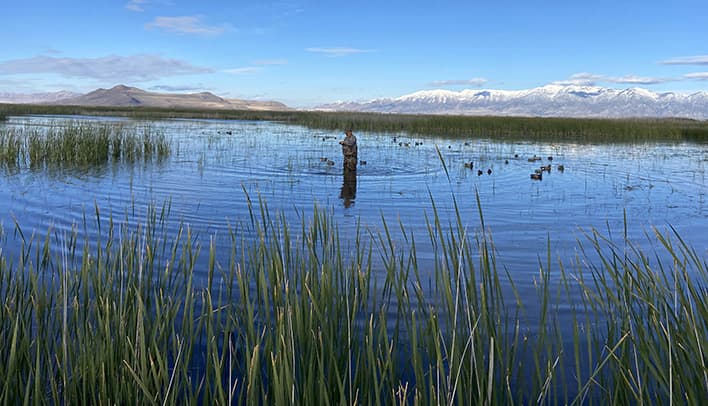
Waterfowl Hunting
Good public access, habitat that enables a wide variety of hunting styles and extensive marshland that attracts a variety of waterfowl make the Great Salt Lake a great place for waterfowl hunting.
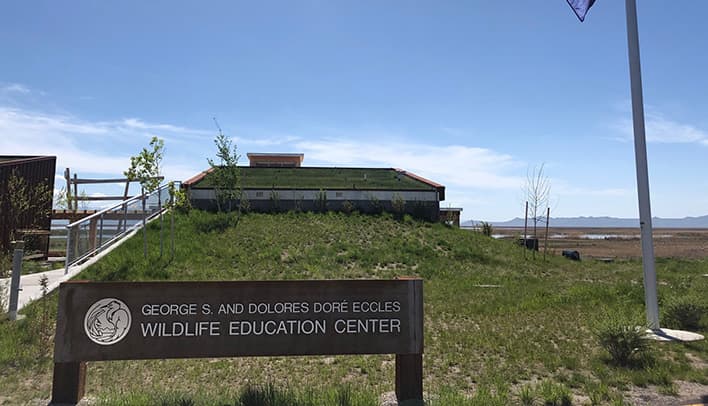
Education Center
Visit the George S. and Dolores Doré Eccles Wildlife Education Center at Farmington Bay to learn more about the remarkable Great Salt Lake wetlands and the variety of wildlife that depend on it.